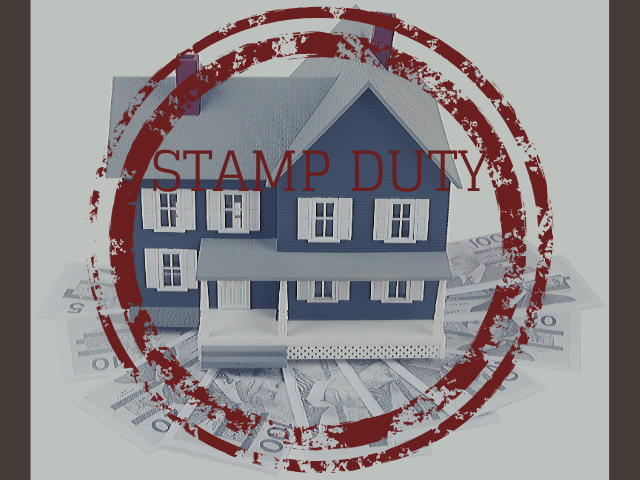Property taxation can be a slightly confusing area, especially if you are a buy to let landlord or buying a second home. For example, in recent times, increases to stamp duty have added higher rates for those who want to own an additional property, which is an important factor to consider when assessing financial viability.
Here we take a closer look at the different property taxes that are currently levied for domestic and commercial buyers. If you would like advice on any property tax issue, then contact the team at Neil Smith Accountancy today.
Stamp Duty Land Tax or SDLT
This is the main tax for property and everyone has heard of it. SDLT is paid on a property over a certain value. For someone who is looking to own just one home and this is not their first property, the rates are as follows:
- Up to £125,000, no tax is paid.
- Between £125,001 and £250,000, the rate is 2%.
- Between £250,001 and £925,000, the rate is 5%.
- Between £925,001 and £1.5 million, the rate is 10%.
- Above £1.5 million, the rate is 12%.
If you are a first-time buyer, you will not pay any tax if your property is under £300,000. Above this and up to £500,000, you will pay 5%. This was introduced to encourage more first time buyers onto the market.
If you are buying a second property, for example, if you are a buy to let landlord, the SDLT rates are different. You need to add 3% across the board to the tax rate:
- Up to £40,000, no tax is paid
- Between £40,001 and £125,000, the rate is 3%.
- Between £125,000 and £250,000, the rate is 5%.
- Between £250,000 and £925,0000, the rate is 8%.
- Between £925,000 £1,500,000, the rate is 13%.
- Above £1.5 million, the rate is 15%.
In addition, any residential property that is acquired through a corporate structure and is valued over £500,000 is charged a flat tax rate of 15%.
Annual Tax on Enveloped Dwellings
ATED is a commercial tax that is aimed at businesses which also own a residential dwelling. It is levied on properties worth over £500,000 and is paid each year:
- Between £500,000 and £1 million, the cost is £3,500.
- Between £1 million and £2 million, the cost is £7,050.
- Between £2 million and £5 million, the cost is £23,550.
- Between £5 million and £10 million, the cost is £54,950.
- Between £10 million and £20 million, the cost is £110,100.
- Over £20 million, the cost is £220,350.
Capital Gains Tax
You do not need to pay capital gains tax if you sell your property and it has been your main home for all the time that you have owned it. If you have a buy to let property, business premises, land or inherited property, you will need to pay capital gains tax of 18% or 28% on disposal depending on your circumstances.
You can use the Government’s website to work out your tax liability.
UK Inheritance Tax
This is applied to the value of an estate over £325,000 and is charged on the any amount above this with a blanket rate of 40%. If the property is given away to your children or grandchildren, the level can increase up to £475,000. Where someone is married or in a civil partnership and the threshold is not reached once one person passes away, that leftover amount can be added to the surviving spouses threshold.
Need help managing your property taxes? Contact Neil Smith Accountancy today.


